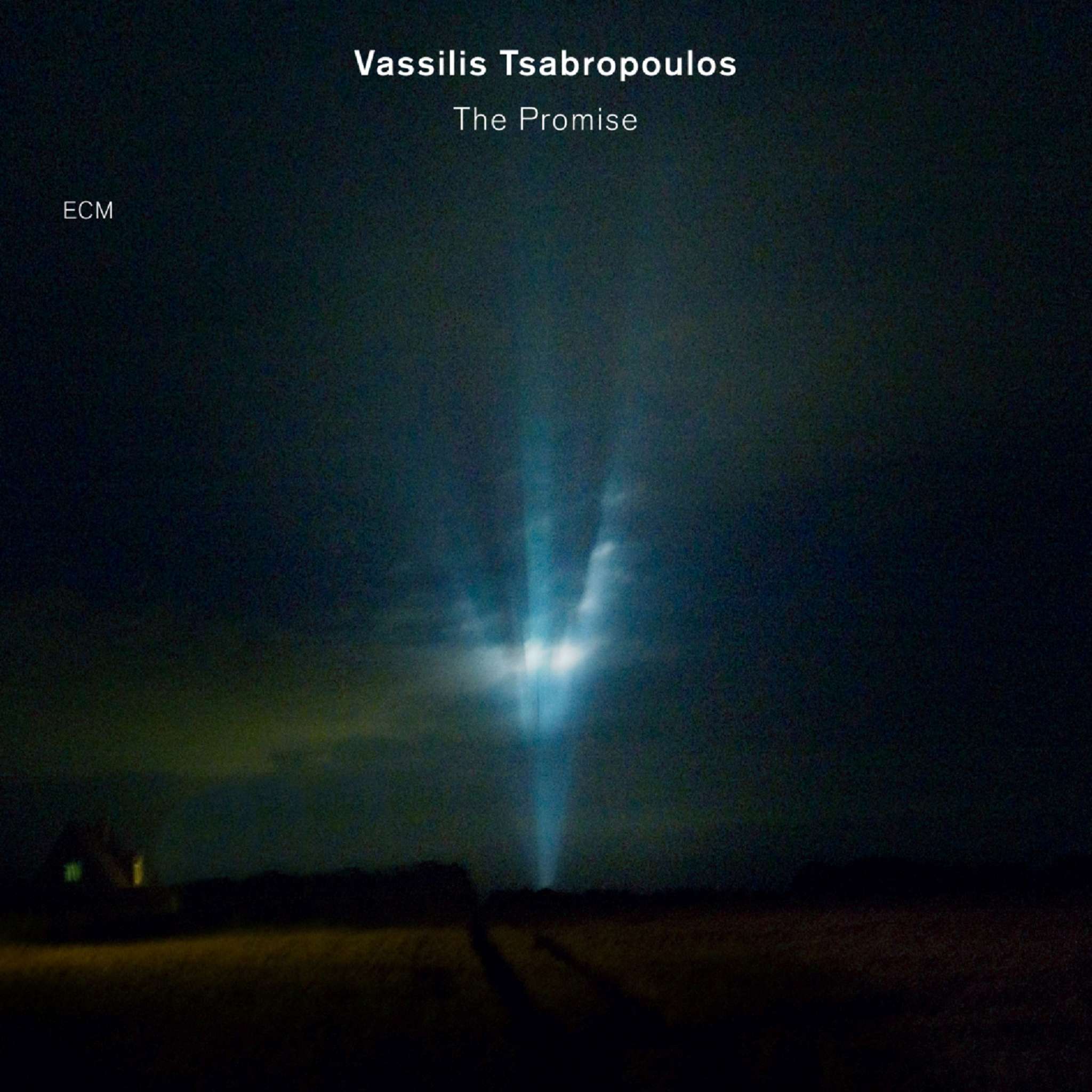Album insights
In the 17th century, Lutheran church music in Germany drew heavily from Italian influences. Initially, composers like Heinrich Schütz and Michael Praetorius introduced German colleagues to the grand Venetian style of polychoral music. Despite waning popularity in Italy, Germany continued to embrace this style alongside a newer Italian approach, featuring combinations of solo voices and instruments in small ensembles. In this evolving scene, skilled singers increasingly relied on virtuosity and expressiveness to convey musical depth, with boys often taking on the higher parts in ensemble music.
The exploration of German church music from Schütz to J. S. Bach delves into a lesser-known repertoire focusing on compositions suitable for adult male alto singers. Schütz, serving as Kapellmeister in Dresden—a key center for Italian singers and styles in 17th-century Germany, presents an interesting case. His setting of the chorale "Erbarm dich mein, o Herre Gott," while using a 16th-century choral melody, intertwines it with Italian expressive elements in a unique manner.
Moving on, Christoph Bernhard, a favorite pupil of Schütz, succeeded him in Dresden. Bernhard, an alto, showcases expressive nuances in his rendition of "Was betrübst du dich, meine Seele?" accompanied by the mellow tones of viola and bass viol, deviating from the standard violin accompaniment. Meanwhile, Johann Rosenmüller, influenced by Monteverdi, crafts a vibrant rendition of "Christum ducem, qui per crucem" with a rotating basso ostinato structure, distinctively merging violins and vocal lines.
Transitioning to composers from the Baltic Sea region, personalities like Dieterich Buxtehude and Christian Geist present melodic works entrenched in rich texture and instrumentation. Swiftly, older members from the Bach family branch in Arnstadt showcase instrumental prowess through pieces like Heinrich Bach’s sonatas and Johann Christoph Bach’s emotive compositions. Each work, reflective of the era’s musical intricacies, unveils a distinctive Germanic approach to composition and performance.
Johann Philipp Krieger, heralding from Nürnberg, embodies a fusion of Italian influences in his acclaimed cantata "O Jesu, du mein Leben." Composed with distinct German resonance using a violin and bass viol ensemble, Krieger merges Corelli-inspired tonalities with intricate compositional elements. Wrapping up the musical journey, pieces like "Schlage doch, gewünschte Stunde" attributed to J. S. Bach under the pen of Melchior Hoffmann, carry forward a legacy of musical innovation intertwined with luminous storytelling.

